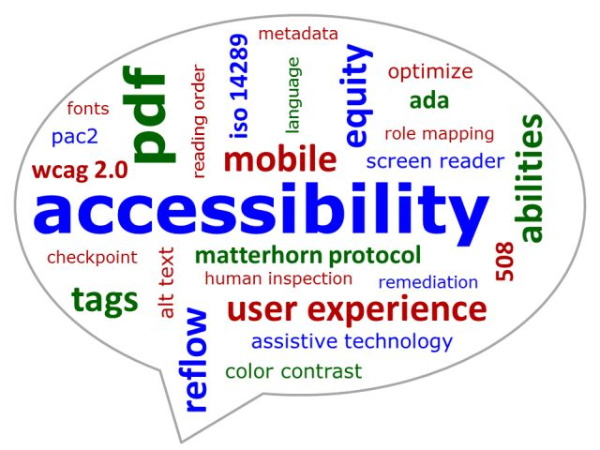The AI-augmented Educational Support Professional

Working with AI on instructional design isn't at this point. Yet.
You can find numerous articles online about how artificial intelligence (AI) tools and activities can create the "AI-augmented professor." I have seen fewer opinions on how non-teaching staff members who support the learning process at most universities will be affected.
Certainly, AI augmentation will also affect those who support faculty and students, such as instructional designers, researchers, administrators, and other nonteaching professionals.
I read a piece on insidehighered.com about this group and keyed in on instructional designers since that was my area. The article uses an awkward term - BYOAI Bring Your Own AI - for his group because of the hybrid nature of home and office work for this group. Of course, many faculty are also hybrid now, teaching in a campus classroom as well as from their home or office online.
Instructional designers are already using generative AI tools to create graphics, images and audio segments for classes. New tools, such as OpenAI’s Sora can generate full-motion videos from prompts. Chatbots can write or revise content. It can produce a rough draft syllabus for a new course.
This is also something that should concern those people coming into higher ed (and secondary education too, though perhaps to a lesser degree currently). Citing a survey by Microsoft and LinkedIn, ZDNet reported that “AI skills are so much of a priority that the report suggests 66 percent of business leaders wouldn’t hire someone without AI skills, and 71 percent of leaders would prefer to hire a less experienced candidate with AI skills than a more experienced candidate without them.”




 When I was working full-time as an instructional designer, I became very concerned with making courses (especially online courses) accessible. In the early days of this century, very often the college I worked at was quite focused on making accommodations for students with special needs. That was a quick fix but not a sustainable approach.
When I was working full-time as an instructional designer, I became very concerned with making courses (especially online courses) accessible. In the early days of this century, very often the college I worked at was quite focused on making accommodations for students with special needs. That was a quick fix but not a sustainable approach.